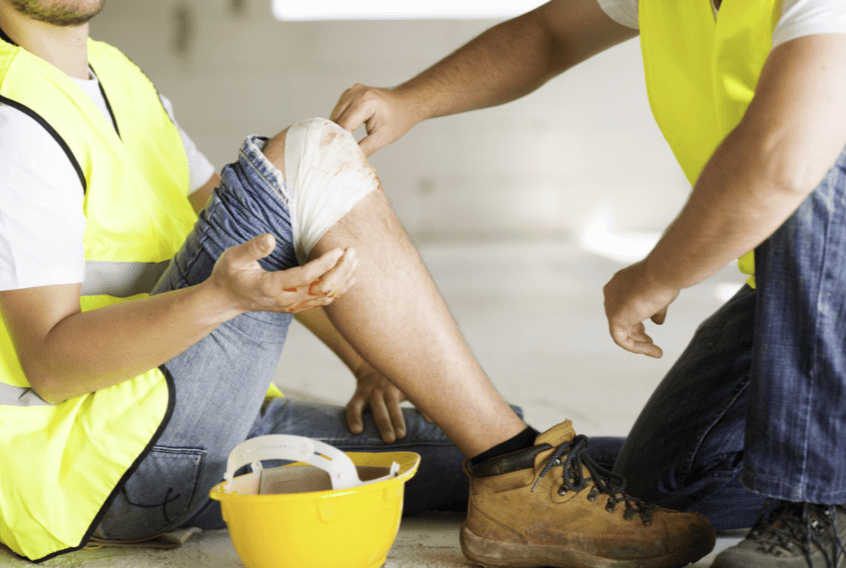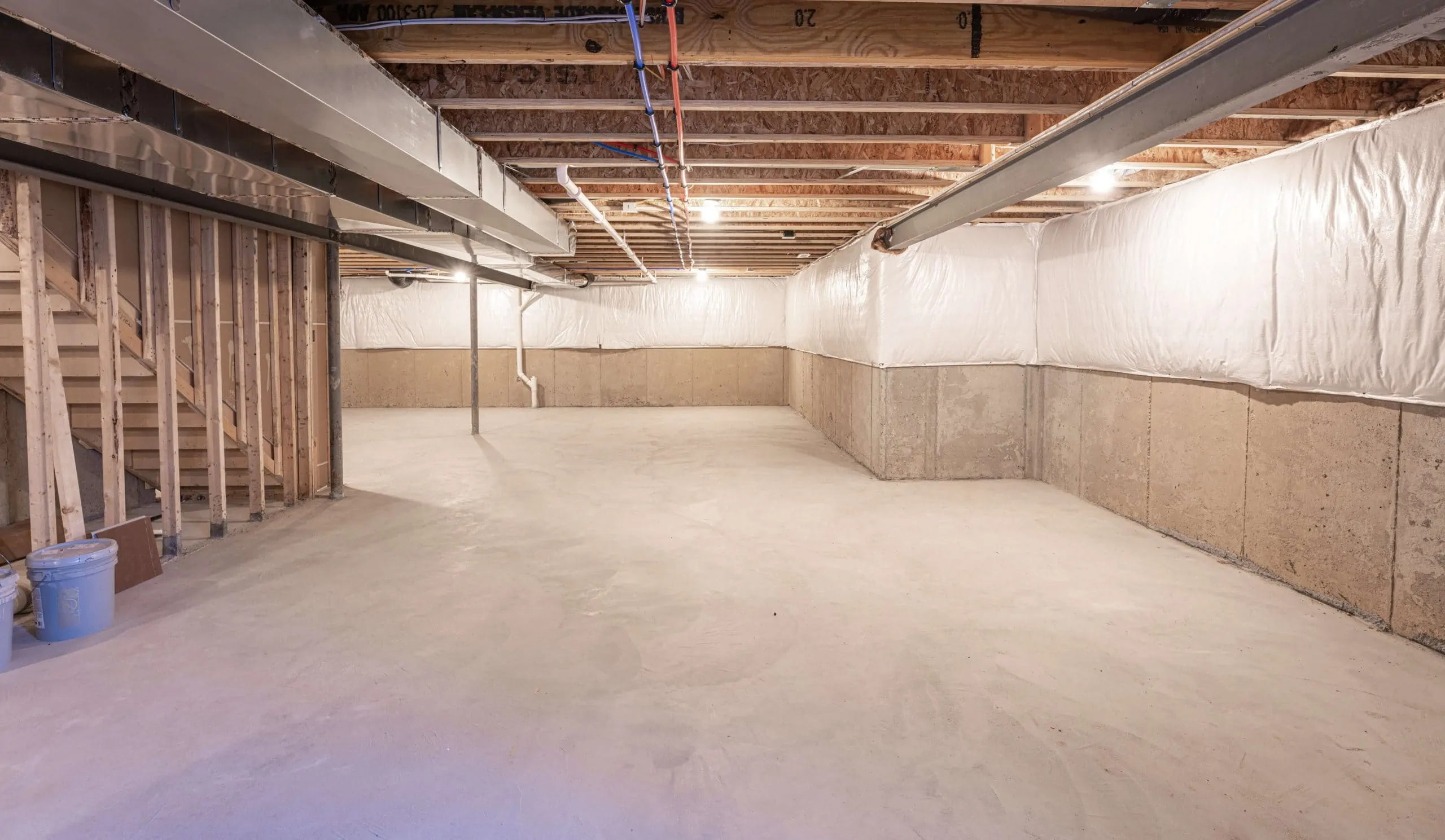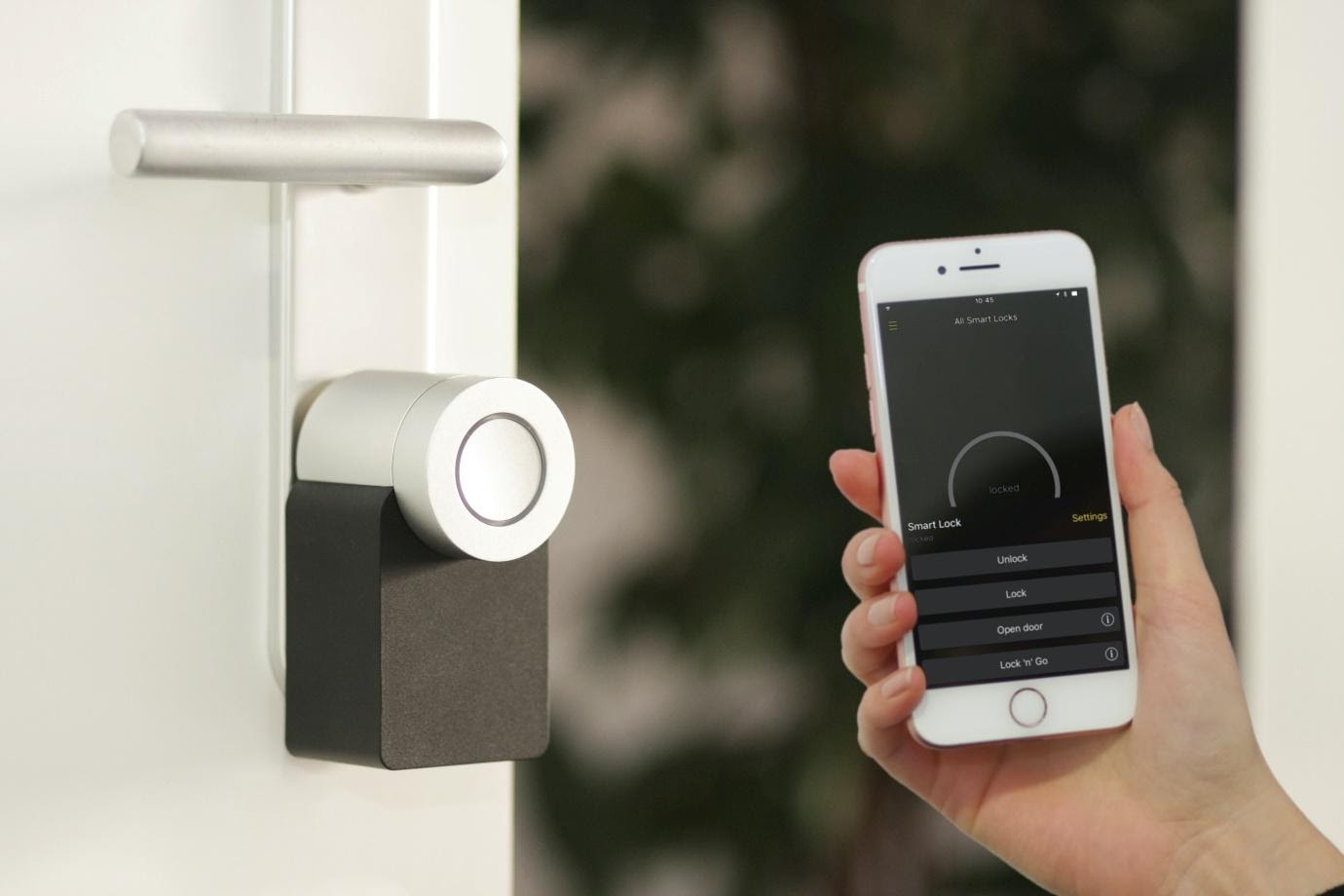For decades, safety teams have worked tirelessly to reduce workplace injuries, often relying on training, audits, and compliance enforcement. But recent data suggests a broader transformation is underway. Companies are not just reacting to risks—they’re innovating around them. The result? A measurable reduction in incidents that were once considered inevitable.
This evolution toward smarter, technology-driven safety practices is having a real impact on workers across industries. And the numbers prove it. According to Protex AI’s report on the state of workplace safety, a drop of 8.4% in workplace injuries was recorded, signalling a shift toward more effective and proactive strategies.

Content
Why This Drop Matters
A reduction in injury rates might seem incremental, but it reflects fundamental changes in how organisations manage risk. This drop represents thousands of incidents prevented—fewer workers harmed, fewer production delays, and fewer compensation claims. It’s a sign that emerging technologies and cultural changes are beginning to take hold in meaningful ways.
In industries like construction, manufacturing, and logistics—where injury rates are traditionally high—this progress points to a growing awareness that safety is a business imperative, not just a regulatory checkbox.
Key Drivers Behind the Improvement
Several interconnected trends are contributing to the improvement in safety outcomes. Among them:
- Increased investment in AI-powered monitoring: Real-time detection of safety violations using computer vision is helping teams intervene before accidents occur.
- Better employee engagement: Safety culture is evolving, with more emphasis on transparency, participation, and data-informed coaching.
- Advanced analytics: Companies are using historical data and predictive models to anticipate when and where incidents are most likely to happen.
- Scalable training programs: Cloud-based tools make it easier to onboard, retrain, and support staff with targeted, consistent learning materials.
Each of these elements supports a shift from reactive to proactive safety. And the more data these systems ingest, the better they perform over time.
Technologies Leading the Way
The emergence of workplace-focused AI is arguably the most important force reshaping health and safety. Tools like AI-based video analytics and wearable sensors offer persistent visibility into frontline operations—without overburdening managers or inspectors.
These tools enable organisations to:
- Monitor PPE compliance in real time
- Detect unsafe body mechanics or posture risks
- Send alerts when hazardous zones are breached
- Track near-misses automatically without relying on manual reporting
As a result, safety leaders are no longer dependent solely on audits or self-reporting. They’re empowered by a continuous feedback loop of actionable insight.
The Role of Data in Sustaining Improvement
One reason for the positive trend in injury reduction is the improved use of data. When safety data is centralised, visualised, and analysed consistently, it becomes a powerful tool for decision-making.
Rather than focusing exclusively on lagging indicators like total recordable incident rates (TRIR), companies are tracking leading indicators—like near-miss frequency, safety observation participation, and time-to-close for hazard reports. These metrics enable teams to intervene before injuries occur, contributing to a safer work environment over time.
Dashboards, mobile apps, and cloud-based safety platforms make this data more accessible than ever. And because reporting can now happen in real time, safety teams can respond more quickly and more precisely.
Creating a Culture That Supports Innovation
Technology alone isn’t enough. Sustained improvement in safety outcomes depends on a culture that embraces change, rewards accountability, and supports frontline participation. Some of the most important cultural shifts include:
- From blame to learning: Incidents are viewed as opportunities to improve processes—not punish individuals.
- From compliance to care: Safety is treated as a measure of how much a company values its workforce, not just a rulebook to follow.
- From reactive to anticipatory: Employees are encouraged to speak up early and contribute to hazard identification.
These cultural elements, when reinforced by technology, create a virtuous cycle of continuous improvement. Workers feel seen, supported, and protected—and that sentiment shows up in the numbers.
Safety as a Competitive Advantage
As safety innovation becomes more widespread, it also becomes a differentiator. Businesses that invest in modern safety infrastructure attract and retain talent more easily, reduce downtime, and gain credibility with regulators and partners.
Insurance providers are also taking notice, offering better premiums to companies that demonstrate risk reduction through real-time monitoring and data analytics. In this way, the decline in injury rates is not just a sign of internal success—it’s part of a broader trend toward safety-driven performance across the market.
What Comes Next?
If the last few years have proven anything, it’s that incremental gains in safety are possible—but only with intentional, data-led effort. The 8.4% drop in workplace injuries cited in Protex AI’s report is not a fluke. It’s evidence that smart investments, cultural evolution, and practical innovation can combine to produce lasting change.
For companies still relying on legacy systems and reactive models, now is the time to act. The technology exists. The insights are available. And the workforce is ready. The next step is execution—using the tools of tomorrow to create a safer today.
The Link Between Safety and Operational Resilience
Workplace safety is no longer just about compliance—it’s central to operational resilience. When workers are injured or distracted by unsafe conditions, performance suffers. By reducing injury rates and promoting consistent safety behaviours, businesses create a more reliable environment that supports productivity and long-term planning.
Fewer safety incidents mean fewer unexpected shutdowns, less time spent on investigations, and more continuity in project delivery. In high-risk industries, this can be the difference between meeting customer deadlines and missing them. As organisations look for ways to improve resilience in uncertain times, workplace safety is emerging as a foundational pillar of stability.
Ultimately, the decline in injuries is more than a metric—it’s a signal that companies are beginning to understand the full business case for innovation in safety. And as technology evolves, the opportunities for further improvement are only growing.
As leadership teams recognise this connection between safety performance and business outcomes, investments in innovative safety technologies will likely accelerate. The organisations that act decisively now will shape not only safer workplaces, but smarter, more agile businesses overall.

Gary is a home improvement blogger who strives to improve his life and the lives of others. He provides homeowners with helpful tips on how to renovate their homes. His goal is not only to provide easy-to-follow instructions, but also share his own personal experiences for those seeking guidance.




